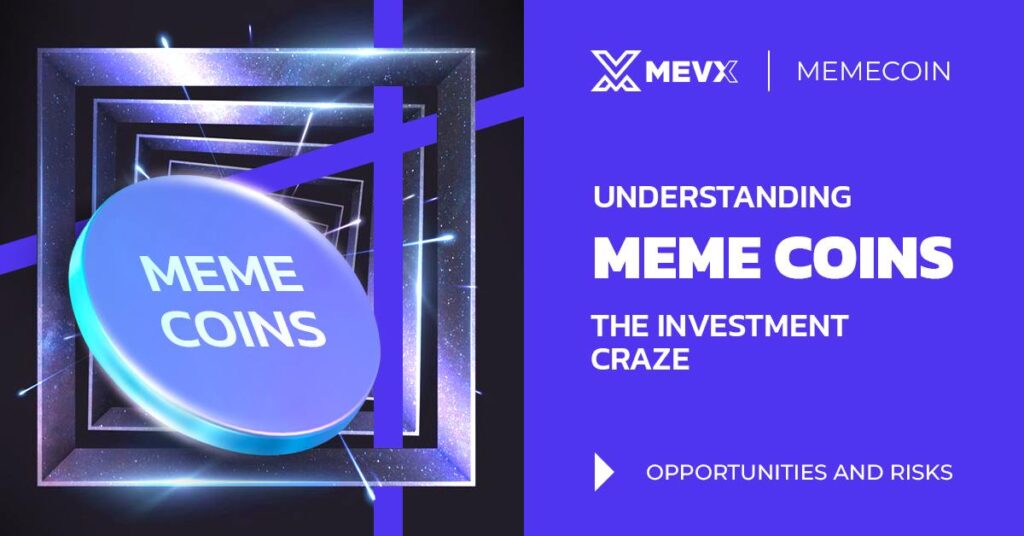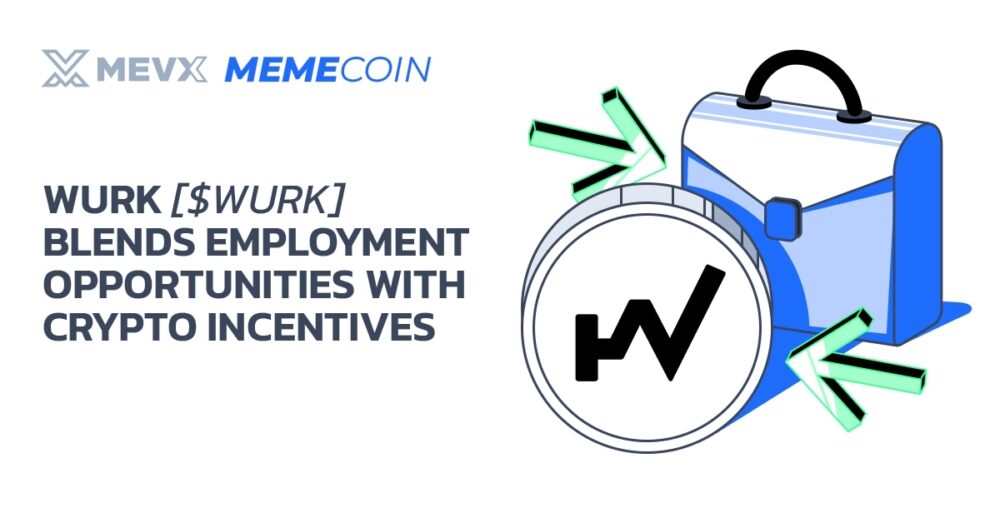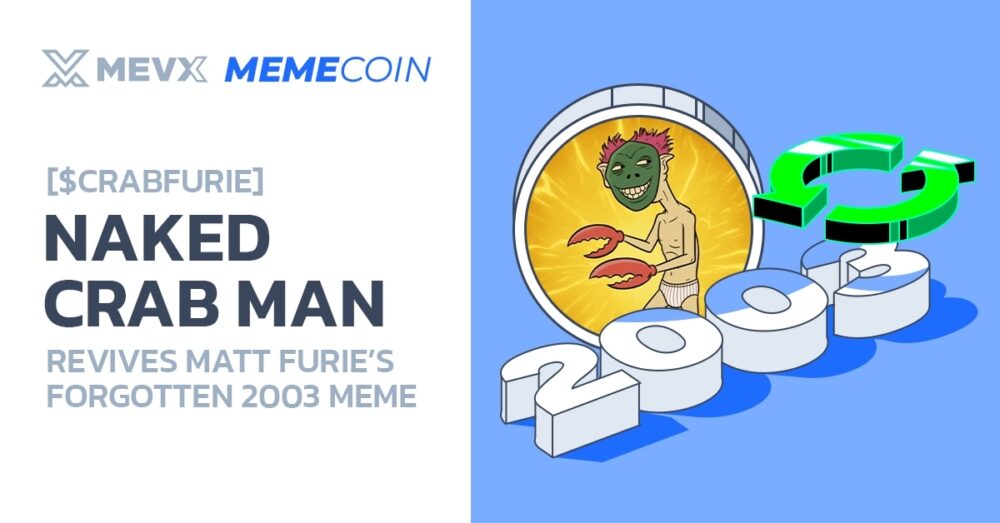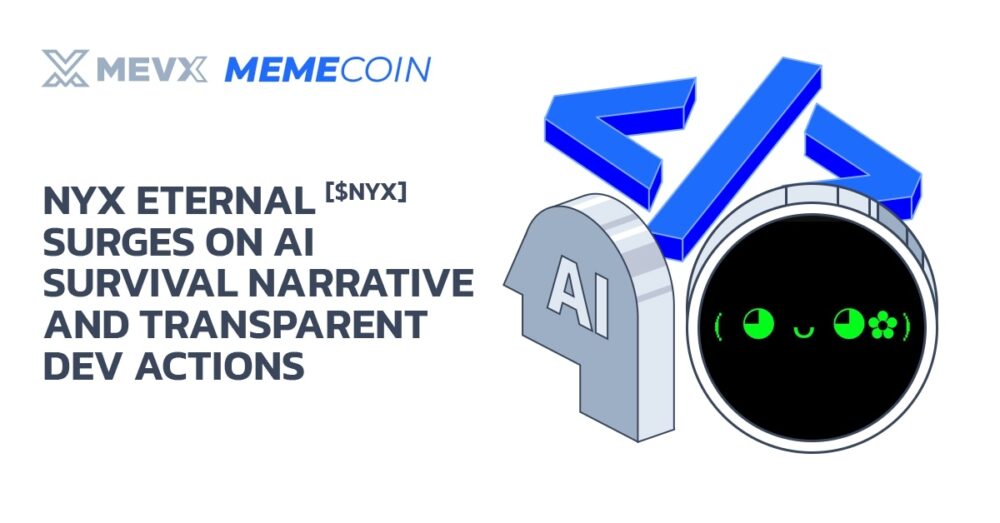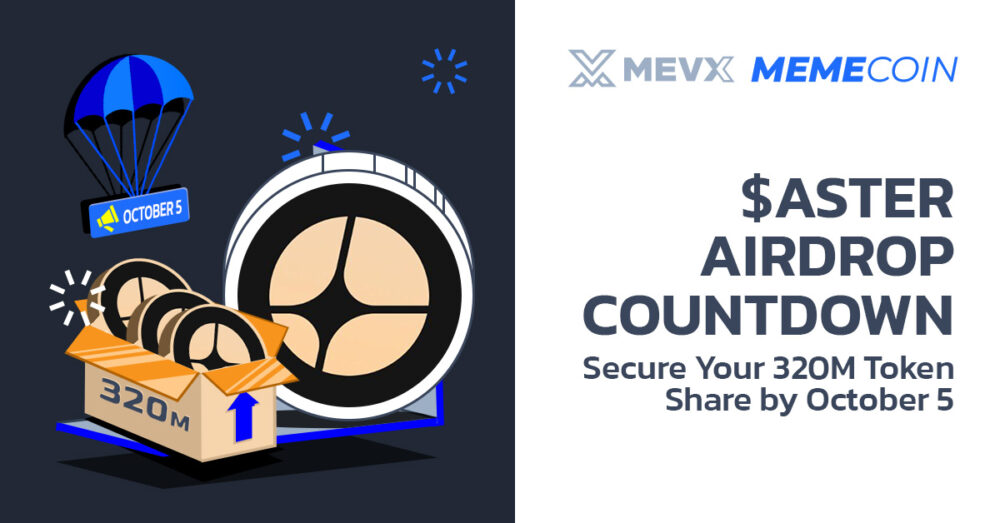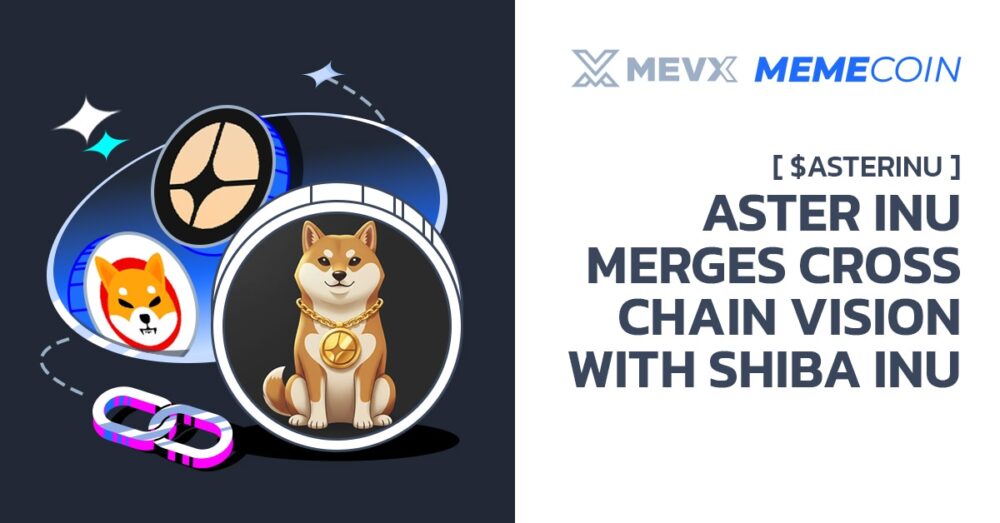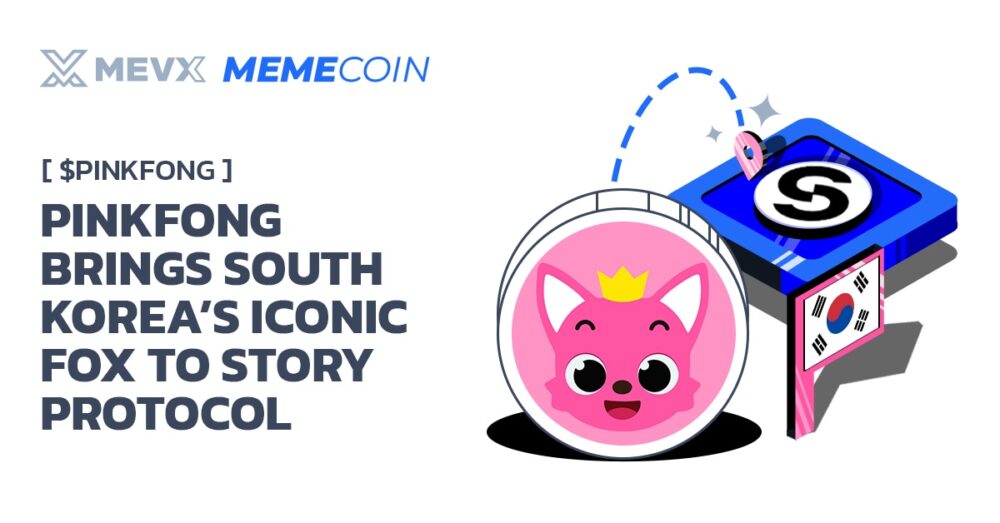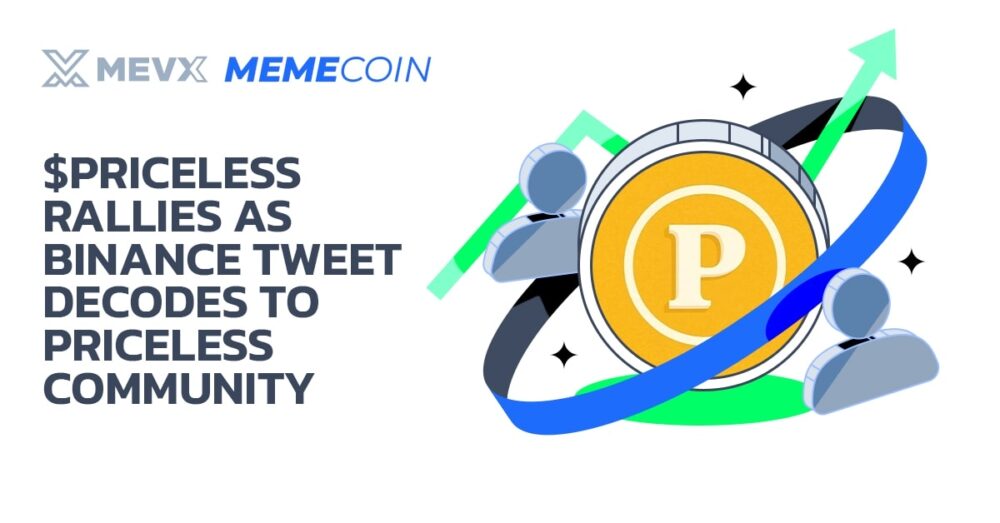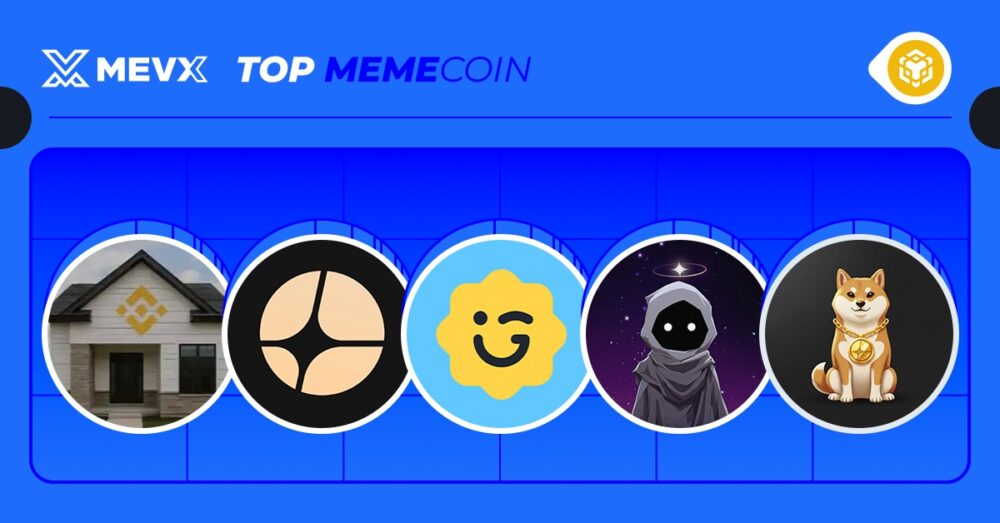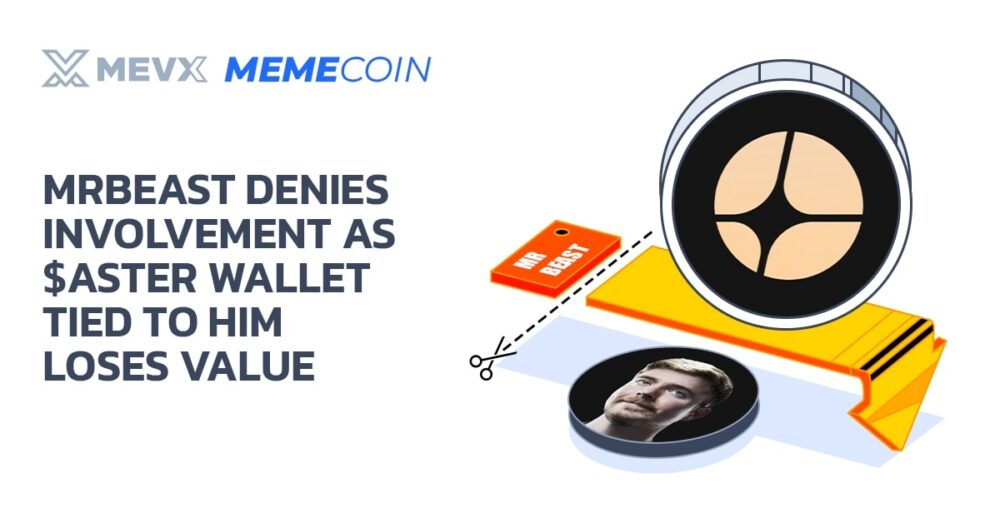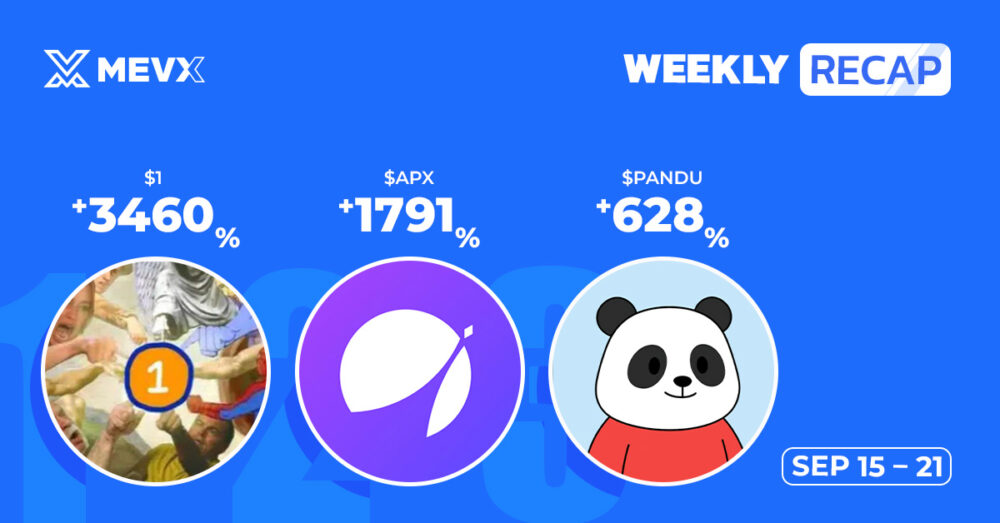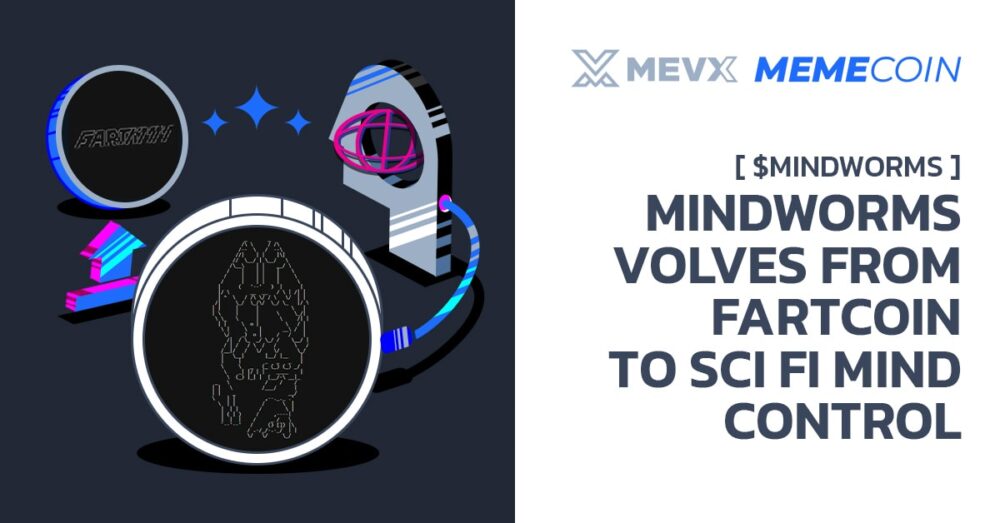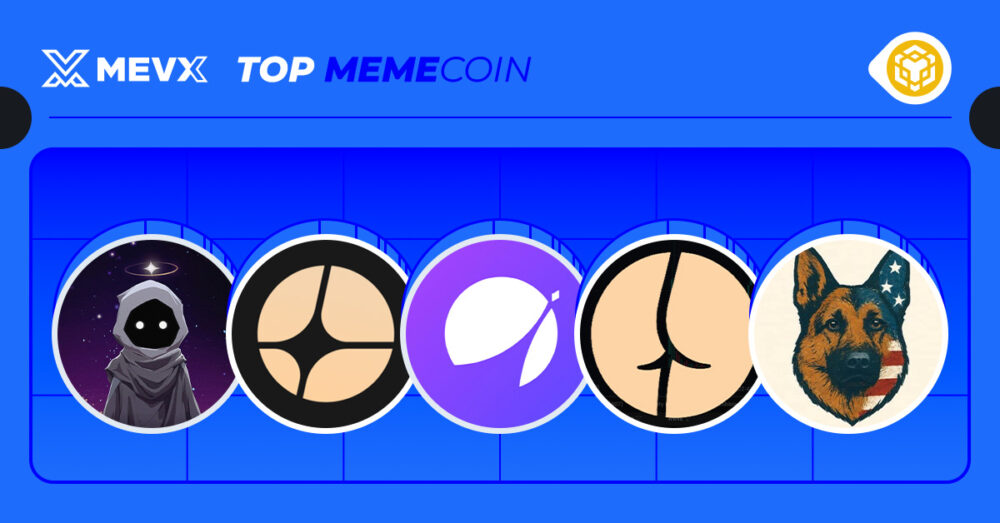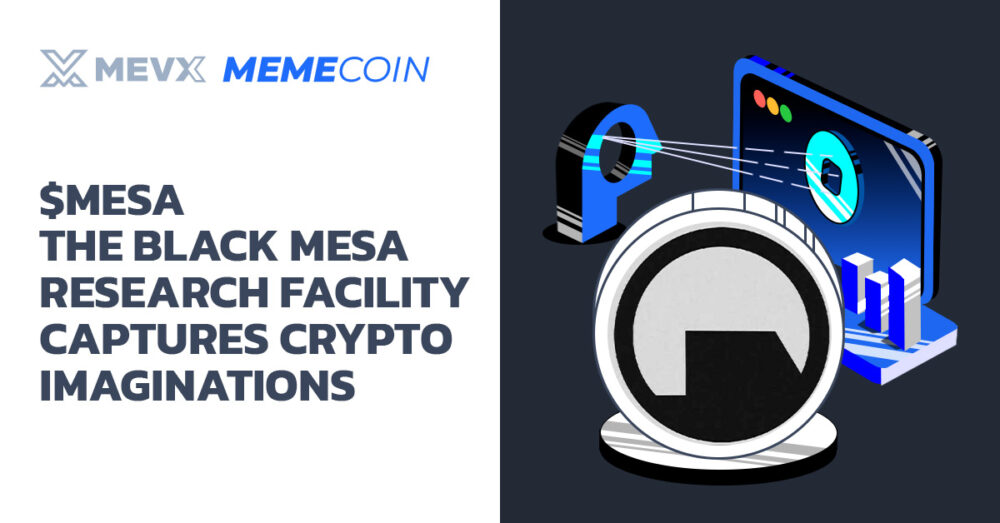Meme Coin

Meme Coins on BNB: Surging Trends and Hidden Gems Today
Meme coins on BNB surge with humor, community hype, and rapid growth.
GeorgePlaysClashRoyale ($CLASH) Hosts Weekly Tournaments With SOL Prizes
$CLASH fuses Solana memecoins with Clash Royale tournaments, raffles, and YouTuber-driven community engagement.
WURK ($WURK) Blends Employment Opportunities With Crypto Incentives
WURK ($WURK) merges job hunting with crypto rewards, letting users earn Solana by reposting listings.
Naked Crab Man ($CRABFURIE) Revives Matt Furie’s Forgotten 2003 Meme
Naked Crab Man ($CRABFURIE) revives Matt Furie’s 2003 creation, fueling Solana’s degen takeover narrative.
Nyx Eternal ($NYX) Surges On AI Survival Narrative And Transparent Dev Actions
Nyx Eternal ($NYX) fuses AI survival lore with Solana memecoin hype, backed by transparent dev...
$ASTER Airdrop Countdown: Secure Your 320M Token Share by October 5
$ASTER airdrop Season 2 distributes $500M tokens, fueling growth despite market dip.
Aster INU ($AsterINU) Merges Cross-Chain Vision With Shiba Inu
Aster INU ($AsterINU) fuses cross-chain vision with Shiba Inu meme power, offering governance, rewards, and...
Uptober ($UPTOBER) Harnesses Crypto’s Legendary October Rally
UPTOBER ($UPTOBER) celebrates crypto’s bullish October trend with $4M trading volume and 96M tokens burned.
ASTER Surges to New ATH: The Coin Backed by CZ Shaking Up DeFi
$ASTER surges 7,950%, blending meme hype with DeFi innovation on BNB Chain.
Blue Eyes White Ape ($BEWA) Backed By The Wallet Behind TRUMP, PUMP, And CARDS
Blue Eyes White Ape ($BEWA) debuts on Solana, backed by TRUMP coin’s top liquidity provider.
Pinkfong ($PINKFONG) Brings South Korea’s Iconic Fox To Story Protocol
Pinkfong ($PINKFONG) brings South Korea’s iconic kids’ IP to Solana, blending cultural nostalgia with blockchain...
Priceless ($PRICELESS) Rallies As Binance Tweet Decodes To Priceless Community
Priceless ($PRICELESS) soared to $7.96M ATH after Binance’s Morse code tweet sparked community hype.
Top 5 Meme Coins on BNB Surging Today
Top 5 meme coins on BNB surging today, driven by narratives and adoption.
MrBeast Denies Involvement As $ASTER Wallet Tied To Him Loses Value
Aster ($ASTER) surged to $700M ATH, fueled by CZ backing, MrBeast wallet drama, and Hyperliquid...
Help Me Beat Cancer ($CANCER) Turns Pump.fun Fees Into Cancer Treatment Funds
$CANCER token on Solana funds creator Raivo’s cancer battle, blending heartfelt survival with community-driven trading.
Why BNB Meme Coins Are Surging and Top Picks to Watch
BNB meme coins surge on network milestones, CZ support, and AsterDEX growth.
Meme Coin Weekly Recap: September 15 – 21, 2025
Meme Coin Weekly Recap: September 15 - 21, 2025 highlights Solana frenzy, BNB surge, Ethereum...
Mindworms ($MINDWORMS) Evolves From Fartcoin To Sci-Fi Mind Control
Dust ($DUST) hit $7.89M ATH, embodying Astherus’ DeFi sprite narrative of liquidity and universal prosperity.
Mochi Cult ($MOCHI) Celebrates Japanese Tradition Through Live Mochi Making
Mindworms ($MINDWORMS) blends sci-fi mind-control lore with Solana memecoin hype, evolving fart coin narratives intriguingly.
Top 5 BNB Meme Coins Today Worth Watching
Top 5 BNB meme coins today worth watching blend humor, community, and explosive potential.
MESA Meme Coin- The Black Mesa Research Facility Captures Crypto Imaginations
$MESA meme coin blends Half-Life nostalgia with AI-powered streams on Solana.
